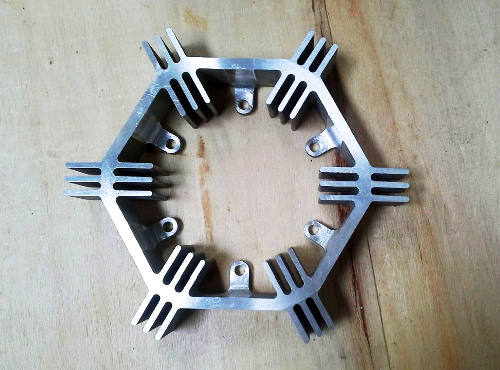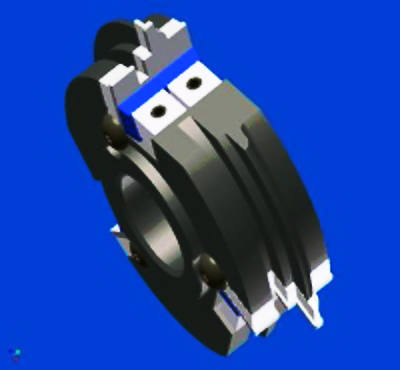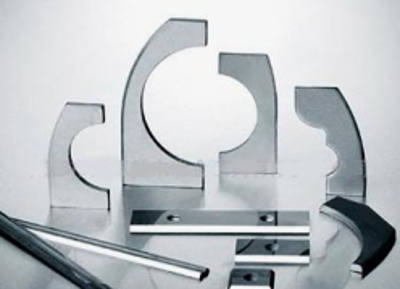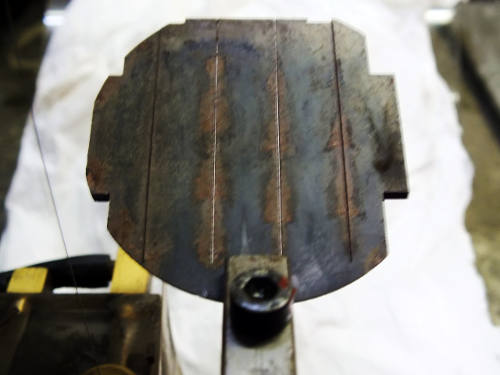No surface hardening, no microcracking!
The execution of the housings of the electronic boards in the baskets (racks), would benefit greatly from the processing with wire erosion. However, this process is not suitable for designers of aeronautical materials, and for anyone who has to produce parts that will be subjected to extreme stress and risk of breakage.
For many, hostility is considered unfounded, but in reality there are reasons. In fact, the ellectrosion, because of its principle of operation, causes surface hardening, and very dangerous microcracks because ‘trigger of possible breakage. The phenomenon is well known by mould makers and by those who produce dies for extrusion.
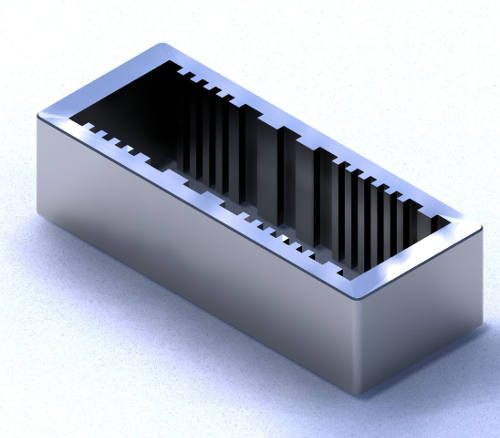
The E.cut technology is basically that of wire erosion, but the peculiarity of being able to slide the wire from 60 to 100 times faster, allows to increase the number of discharges per second, and decrease the intensity. The result is a much lower material “stress”.
In-depth laboratory analyses carried out in one of the most famous Italian research and testing centres for materials, found on the same material (ERGAL 7075) “… the presence of a slight deformed/concred layer…” for processing with conventional wire EDM, and instead “… the absence of microstructural alterations…” for processing with E.cut.
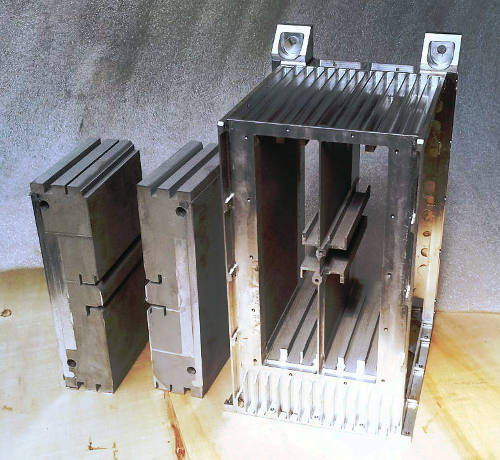
The possibility of running the wire so fast is given by the fact that the wire is not thrown away, but is wound/unwinds on a drum, being used for a very long time. The cost of the process is drastically reduced.
Even if the problems related to cracks and hardening are not relevant, the cost of making a basket is reduced with E.cut from 10 to 20 times compared to conventional wire erosion.
